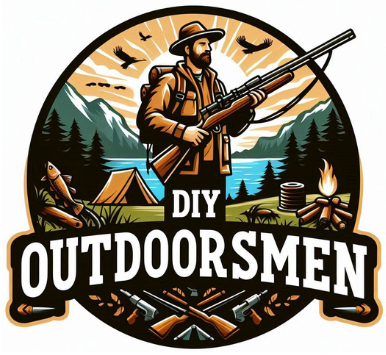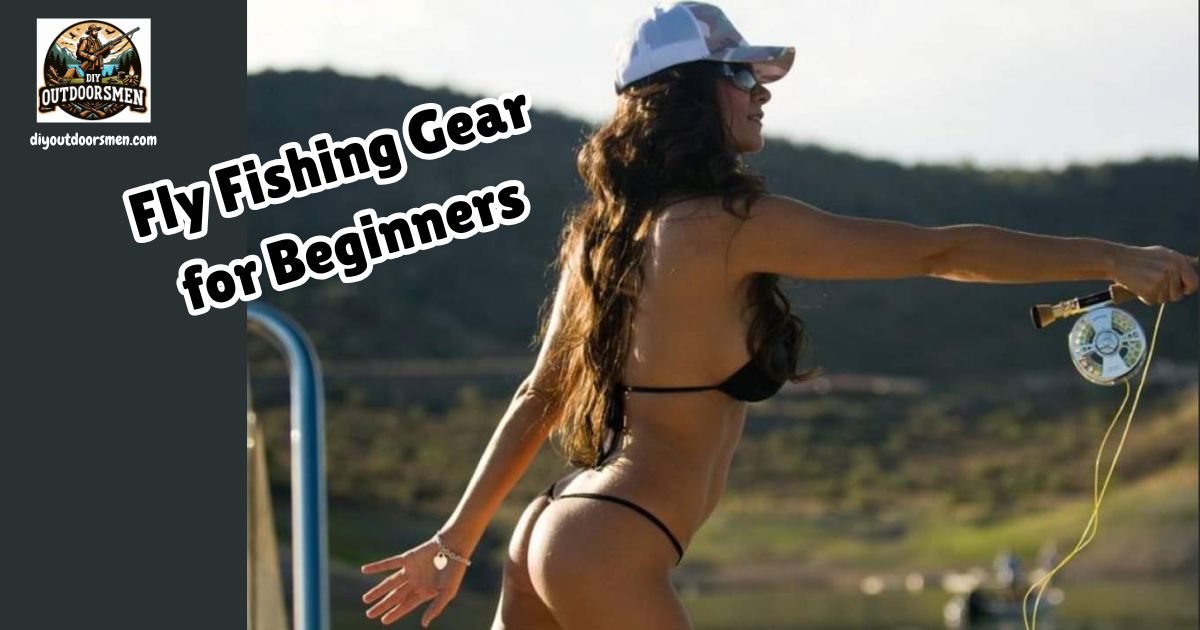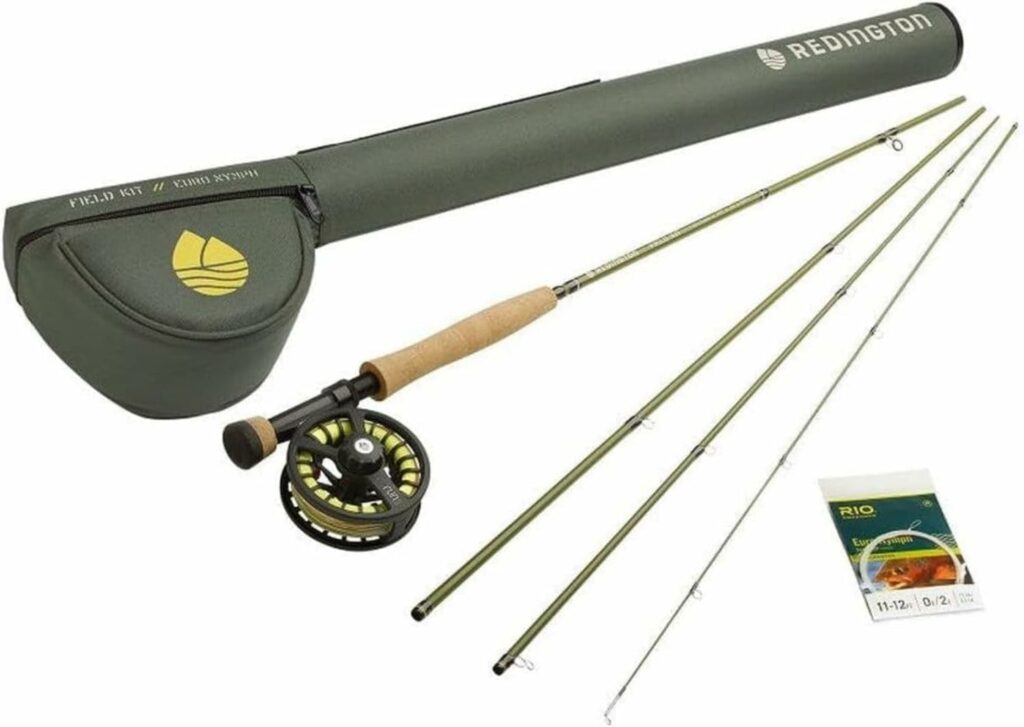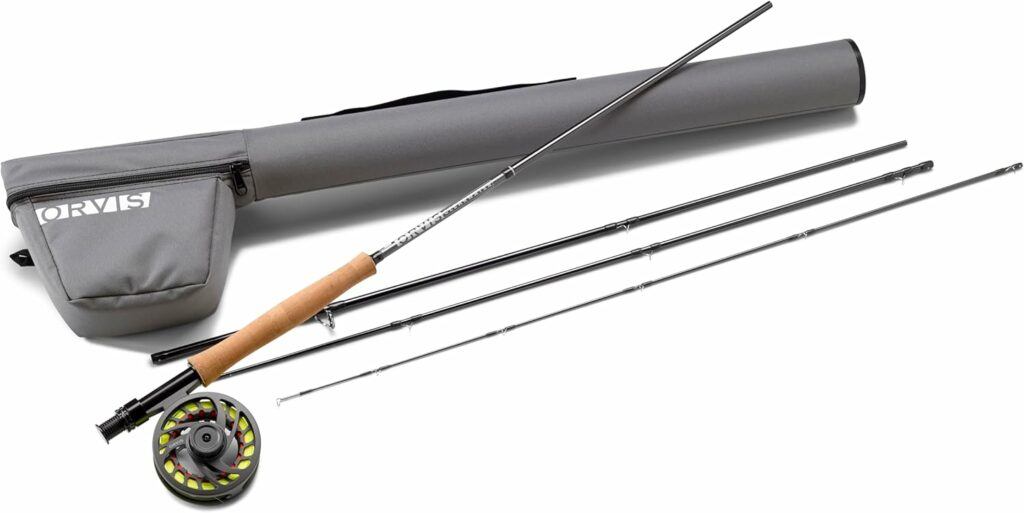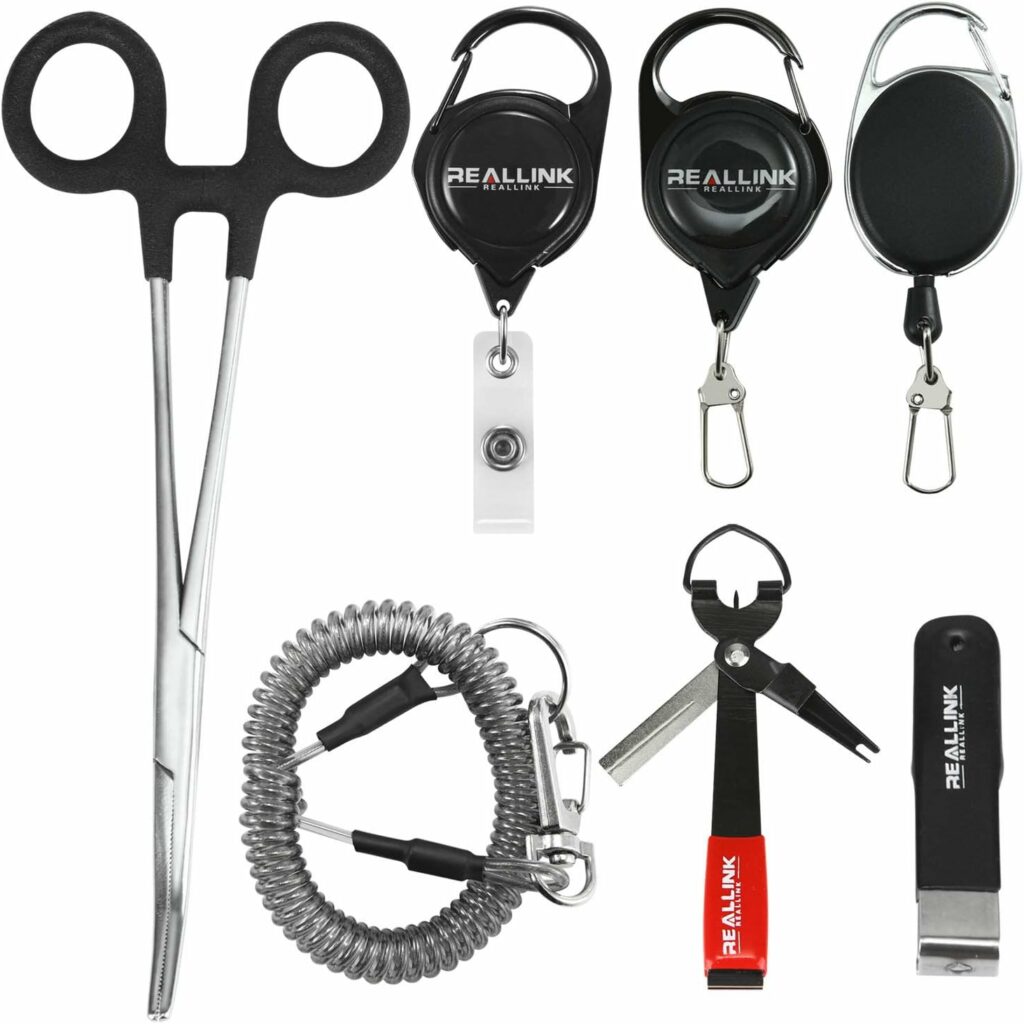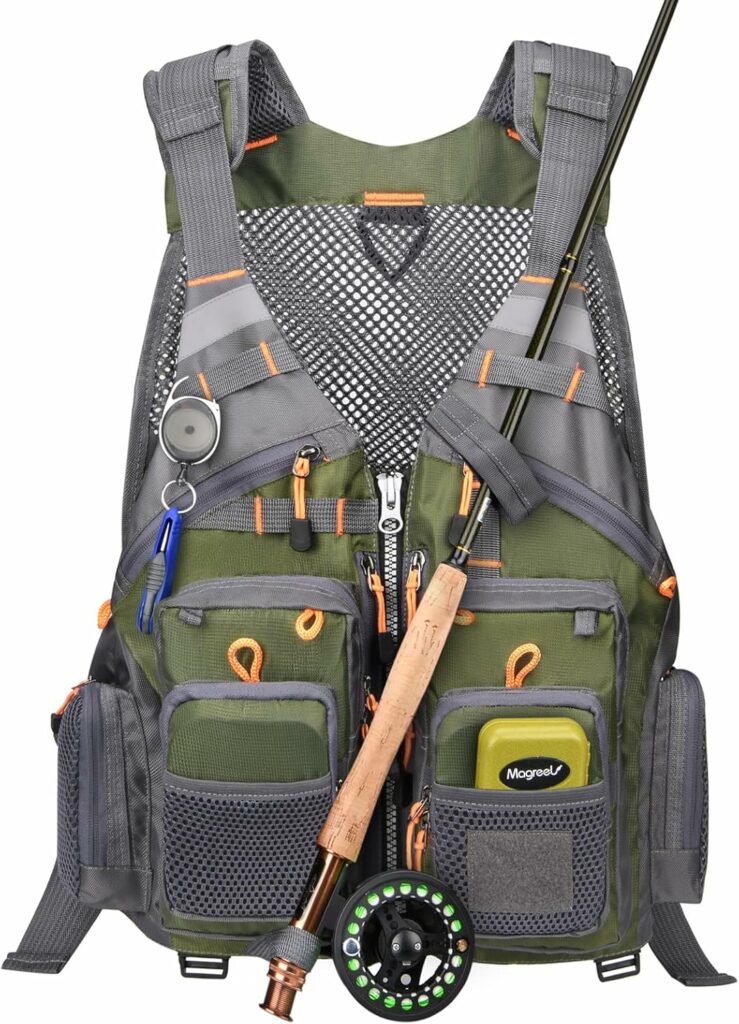Contents
- 1 What Basic Gear Do Beginners Need for Fly Fishing?
- 2 Beginner-Friendly Combo Kits
- 3 Understanding the Main Components
- 4 Choosing Flies as a Beginner
- 5 Clothing and Extra Accessories
- 6 Some Practical Tips for New Fly Fishers
- 7 Fly Fishing Pros and Cons for Beginners
- 8 Common Fly Fishing Questions from Beginners
- 9 Final Thoughts on Starting Out
Fly fishing gives me a unique blend of relaxation, skill, and direct connection with nature. When I first decided to try fly fishing, picking out the right gear was a bit intimidating, but starting with the basics made all the difference.
QUICK LOOK: Tips for Fly Fishing Beginners
- Practice casting in your backyard or at a local park. A little repetition with a yarn or practice fly makes a big difference when you’re actually on the water. Even short ten-minute sessions a few times a week helped me build muscle memory and feel more natural with casting.
- Don’t overcomplicate your first setup. Fancy gear isn’t necessary when you’re just learning, and upgrading later as your skill grows feels more rewarding.
- Ask experienced anglers or staff at your local fly shop for advice. They know the local waters and can help tailor your choices. Many are happy to suggest simple, reliable setups for beginners and often point out mistakes they see newcomers make, so you can avoid them.
- Start fishing where you have room to learn without obstacles; ponds or wide, slow-moving rivers let you focus on technique rather than dodging branches. Avoid areas with lots of overhanging brush or big rocks until you’re comfortable casting in open spaces.
- Keep your expectations reasonable. Sometimes catching fish comes second to enjoying nature and practicing new skills, especially in the beginning. Each trip brings something new to learn, whether it’s reading the water, tying knots more quickly, or noticing how fish respond to different flies.
I’ll take you through the essential fly fishing gear for beginners, step by step. I’ll also share what I’ve learned along the way. This makes it easier to jump into the sport and get on the water without feeling lost in the details.
What Basic Gear Do Beginners Need for Fly Fishing?
When I began my fly fishing adventure, I quickly learned that the right equipment sets me up for success. For anyone just getting started, these are the core pieces of gear you should consider first:
- Rod: A 9-foot, 5-weight rod handles most situations and is easy enough for new anglers to master. Medium-fast action rods help me cast accurately without too much effort.
- Reel: A reel matched to the rod’s weight balances the setup. I like a reel with a reliable drag system, so I can handle occasional bigger fish without worrying about losing them.
- Fly Line: I stick with a weight-forward floating line, which makes for simpler casting and works well in a variety of fishing spots.
- Leader and Tippet: I use 9-foot leaders in 4x, 5x, and 6x tippet sizes. Leaders provide a smooth transition from the fly line, and the tippet section attaches directly to my fly.
- Flies: My fly box includes dry flies that float, nymphs that sink just below the surface, and streamers for deeper or faster water. Local fly shops have great recommendations for what works best in nearby streams or lakes.
- Fly Box: Keeping my flies organized in a sturdy fly box protects them and helps me find the right fly quickly.
- Waders and Boots: I prefer breathable waders with neoprene booties. Paired with wading boots (felt or rubber soled), I stay comfortable and secure while standing in the water.
- Polarized Sunglasses: Polarized lenses cut through glare, not only protecting my eyes but also letting me spot fish and underwater rocks much better.
Beginner-Friendly Combo Kits
When I was new to fly fishing, starter combo kits made life much easier. These sets include a rod, reel, line, and sometimes even some flies. Everything is balanced and designed to work well together, which lets me focus on learning the fundamentals instead of worrying about whether each piece fits with the others.
Combo kits are available from brands like Redington and Orvis. The setup usually comes pre-spooled, so I can start practicing right away. It’s good to pick a kit built for the type of water I plan to fish most often, whether that’s trout streams, small ponds, or larger rivers.
Some kits even come with helpful instructions or introductory DVDs, providing beginners with a quick overview that helps flatten the learning curve. Stores sometimes offer free casting lessons with kit purchases, which helps a lot in getting comfortable with the basics.
Understanding the Main Components
Before my first fishing trip, I took some time to learn what each part of my setup was doing for me. Here’s a quick rundown of what I found helpful:
- Rod Action: Rods come in slow, medium, and fast actions. For beginners, medium or medium-fast action rods are generally easier to control and much more forgiving while I figure out the rhythm of casting.
- Reel Drag: The drag system applies pressure against the fish during the fight. For me, a good, smooth drag saves stress on knots and tippet while landing fish, especially if I hook into something bigger than expected.
- Fly Line Taper: Weight-forward lines focus most of their mass toward the front, which helps load the rod and shoot the fly out easily. This was a big help with my early casts.
- Leaders and Tippets: The right combination of leader and tippet size means better fly presentation and less chance of scaring fish. Changing tippet sizes depending on the fly and water clarity makes a surprising difference in how fish react.
Choosing Flies as a Beginner
I remember feeling overwhelmed looking at racks of flies at the shop. My best move was picking a few well-known patterns in each category:
- Dry Flies: Flies like the Adams or Elk Hair Caddis float on the water’s surface and imitate insects fish eat on top.
- Nymphs: Patterns such as the Hare’s Ear or Pheasant Tail are fished under the surface where many fish feed during the day.
- Streamers: Woolly Buggers or similar streamers mimic small fish or big insects and are perfect for deeper runs or when fish want a bigger meal.
Local knowledge is super important here. Local fly shops can recommend which patterns work best depending on the season and water conditions. It also pays off for beginners to watch what’s hatching on the water, so you can start matching your flies to local insects for better success. Carrying a small net to scoop up insects and check what’s swimming around can make fly selection a fun, hands-on process.
Clothing and Extra Accessories
Good gear goes beyond the rod and reel. These are a few extras I always bring, which make my outings smoother and more comfortable:
- Waders and Boots: Lightweight, breathable waders stop me from overheating in summer and keep me dry in cold spring streams. Proper wading boots protect my feet and provide grip on slippery rocks. Some wading boots are stud compatible, so you can add traction if you’re fishing swift rivers.
- Polarized Sunglasses: Glare on the water can hide everything. A decent pair of polarized sunglasses improves visibility and protects my eyes from stray hooks or branches.
- Nippers and Forceps: Nippers make snipping tippet a lot quicker than using my teeth or a pocketknife. Forceps or hemostats help me release fish cleanly or remove hooks safely. I also recommend bringing a small towel for wiping hands or wetting them before handling fish.
- Vest or Pack: A vest or sling pack lets me carry everything from fly boxes to snacks, sunscreen, and a spare spool of tippet right where I need it. Look for a pack with roomy pockets and good zippers to keep your gear handy and dry.
Some Practical Tips for New Fly Fishers
I picked up a lot of lessons during my early trips that might save you time and frustration:
- Practice casting in your backyard or at a local park. A little repetition with a yarn or practice fly makes a big difference when you’re actually on the water. Even short ten-minute sessions a few times a week helped me build muscle memory and feel more natural with casting.
- Don’t overcomplicate your first setup. Fancy gear isn’t necessary when you’re just learning, and upgrading later as your skill grows feels more rewarding.
- Ask experienced anglers or staff at your local fly shop for advice. They know the local waters and can help tailor your choices. Many are happy to suggest simple, reliable setups for beginners and often point out mistakes they see newcomers make, so you can avoid them.
- Start fishing where you have room to learn without obstacles; ponds or wide, slow-moving rivers let you focus on technique rather than dodging branches. Avoid areas with lots of overhanging brush or big rocks until you’re comfortable casting in open spaces.
- Keep your expectations reasonable. Sometimes catching fish comes second to enjoying nature and practicing new skills, especially in the beginning. Each trip brings something new to learn, whether it’s reading the water, tying knots more quickly, or noticing how fish respond to different flies.
Fly Fishing Pros and Cons for Beginners
Fly fishing is rewarding, but it’s helpful to know what to expect when you’re starting. Here’s what I found as both upsides and possible downsides:
| Pros of Fly Fishing for Beginners |
|---|
| Being outdoors in beautiful places is its own reward, and I always spot something new, from birds to wildflowers. |
| The physical motion of casting and wading is relaxing and gives me a light workout. |
| Landing my first fish with a fly rod felt like a big win after learning all the intricacies of fly selection and line control. |
| Catch and release is a positive aspect for me, helping keep fish populations healthy for the future. |
| There’s a sense of accomplishment and self-reliance that comes with picking your flies and reading the water to find where fish are hiding. Every small success encourages you to keep practicing and improving with each outing. |
| Cons of Fly fishing for Beginners |
|---|
| Learning to cast and present the fly naturally takes time and patience. The first few outings can be more about untangling line than catching fish. |
| Initial costs are higher than some other styles of fishing, though budget-friendly options do exist. Sometimes the price tag for waders, rods, and boots puts beginners off, but there are good choices at many price points. |
| Success often depends on understanding local insect hatches and fish behavior, which means extra reading or asking questions. Conditions can change quickly with weather or season, so staying flexible and learning to read the environment is key. |
Common Fly Fishing Questions from Beginners
I hear a lot of the same questions from people starting. Here are the most common:
How do I know what rod weight to get?
A 5-weight is generally the most versatile and can handle smaller trout streams or larger waters. If you’re fishing mainly for panfish, consider going lighter, and for bigger rivers or bass, a 6 or 7 weight works well. Matching your rod weight to the species and environment makes casting and playing fish easier, so ask local shops for guidance if you’re unsure.
What do I need to wear for a day of fly fishing?
Lightweight, quick-drying clothes help me stay comfortable. In cold water, thermal layers under my waders keep me warm. Always bring a hat and use sunscreen for sun protection. A buff or neck gaiter can help shield your face and neck from sunburn.
How should I store my fly fishing setup?
I rinse off gear after every trip, especially if I’ve been in muddy or salty water. I let rods and waders dry before packing them away to prevent mold and rust. For longer-term storage, keep everything in a dry, cool place and periodically inspect for cracks, wear, or mildew. Proper care means your favorite gear lasts for seasons to come.
Final Thoughts on Starting Out
Choosing fly fishing gear as a beginner can seem confusing, but focusing on a few key items helped me get started with confidence. I put my energy into good basics before looking at any extras, which makes each trip to the river more enjoyable.
Over time, trying new gear and experimenting with different flies just adds to the fun. Comparing notes with friends or joining a local fly fishing club opens new doors to learning and sharing. As skills improve, I find myself getting even more from every day I spend on the water, never running out of new things to try or beautiful spots to fish.
Fly fishing is a journey that doesn’t end—each outing adds to the story. Grab your rod, pack your fly box, and get ready for simple pleasures and unexpected discoveries, no matter how many fish you catch along the way.
Most Recent Articles:
- Understanding Deer Behavior To Improve Your Hunt
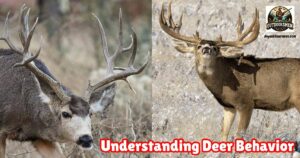
- Complete Guide On Tracking Game Animals
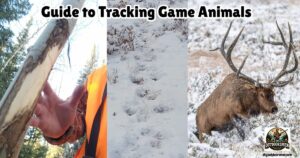
- DIY 4-Step Guide To Field Dressing And Quartering A Deer
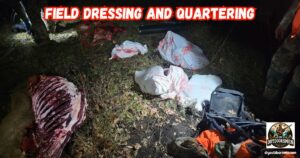
- Night Vision Binoculars For Nocturnal Hunting
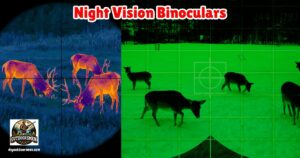
- The Science Behind Camouflage Patterns For Deer Hunting

- Binocular Accessories For Hunters

As always, stay safe, enjoy the journey, and please try to leave it cleaner than you found it. If you have any comments, questions, ideas, or suggestions, please leave them in the comment section below, and I’ll get back to you ASAP. You can follow us on YouTube: Man Art Creations for videos of our DIY Adventures.
P.S. Thanks so much for checking out our blog; we really appreciate it. Just so you know, we may receive a commission if you click on some of the links that appear on our site. This helps us keep our content free and up-to-date for everyone. We appreciate your support!
